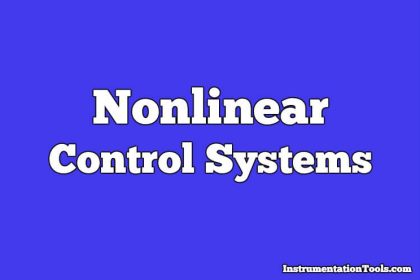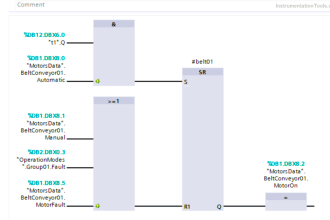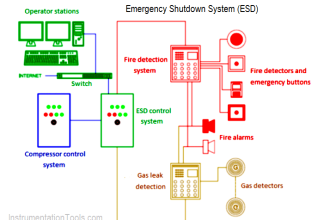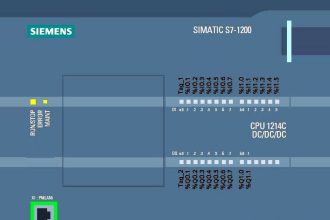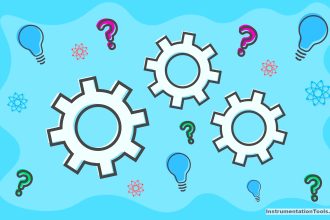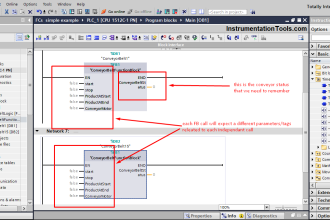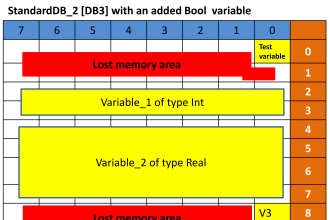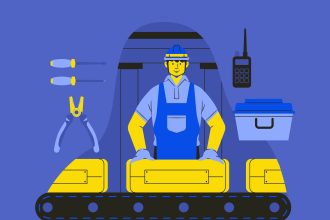Neural Networks
1. An essential ingredient for effective multimedia presentations incorporates user participation or __________
a) Links
b) Buttons
c) Interactivity
d) Integration
Answer: c
Explanation: Interactivity allows the user to choose the information to view, to control the pace and flow of information, and to respond to items and receive feedback.
2. The term that describes a user’s participation with a multimedia presentation is __________
a) Hyperactivity
b) Interactivity
c) Inactivity
d) Reactivity
Answer: b
Explanation: Interactivity allows the user to choose the information to view, to control the pace and flow of information, and to respond to items and receive feedback.
3. Multimedia can contain
a) Graphics, animation, video, music, and voice
b) Only numeric type data
c) Numeric, text, and picture data
d) Databases that turn contain other databases creative massive data collection
Answer: a
Explanation: Multimedia includes video, music, voice, graphics, and text and is the main source of entertainment in day to day life.
4. Primary uses of business interactive multimedia include all of the following except
a) Product demonstrations
b) Web page development
c) Entertainment
d) High-quality presentations
Answer: c
Explanation: Entertainment interactive multimedia is primarily used in the home and multimedia includes video, music. voice, graphics and text.
5. The connection between a multimedia presentation and a file containing a song to be played is called a(n) _________
a) Link
b) Chain
c) Pointer
d) Tie
Answer: a
Explanation: Each page presents information and provides links or connections to related information and the connection between a multimedia presentation and file containing a song to be played is called link.
6. Clicking on special areas called __________ activates the various features of a multimedia presentation.
a) Activators
b) Starters
c) Pages
d) Buttons
Answer: d
Explanation: By clicking on special areas called buttons on a page, you can make appropriate links and navigate through a presentation to locate and discover information.
7. When determining the overall objective of the project, the resources required and the persons or team who will work on the project, you are in the __________ step of developing a multimedia presentation.
a) Planning
b) Designing
c) Creating
d) Supporting
Answer: a
Explanation: The planning process would be the part of developing a multimedia presentation when determining the overall objective of the project the resources required and the persons or team who will work on the project.
8. The creation of a storyboard is essential to the development of the project. This is the __________ step of development.
a) Planning
b) Designing
c) Creating
d) Supporting
Answer: b
Explanation: The storyboard is part of the design process in the development of a project which the primary part of in building of the project and describes the whole working of the project and functionalities.
9. Errors are identified and the presentation is evaluated in terms of effectiveness in the ________ __ step.
a) Planning
b) Designing
c) Creating
d) Supporting
Answer: d
Explanation: Evaluate effectiveness, identify errors, and revise as needed is done in the support stage and this is the stage in which necessary measures are taken to complete the project as a whole.
10. Before building a presentation with a multimedia authoring system, the designer would use a _________
a) Flowchart
b) Hypermedia database
c) Button file
d) Storyboard
Answer: d
Explanation: A storyboard is a design tool used to record the intended overall logic, flow, and structure of a multimedia presentation.
